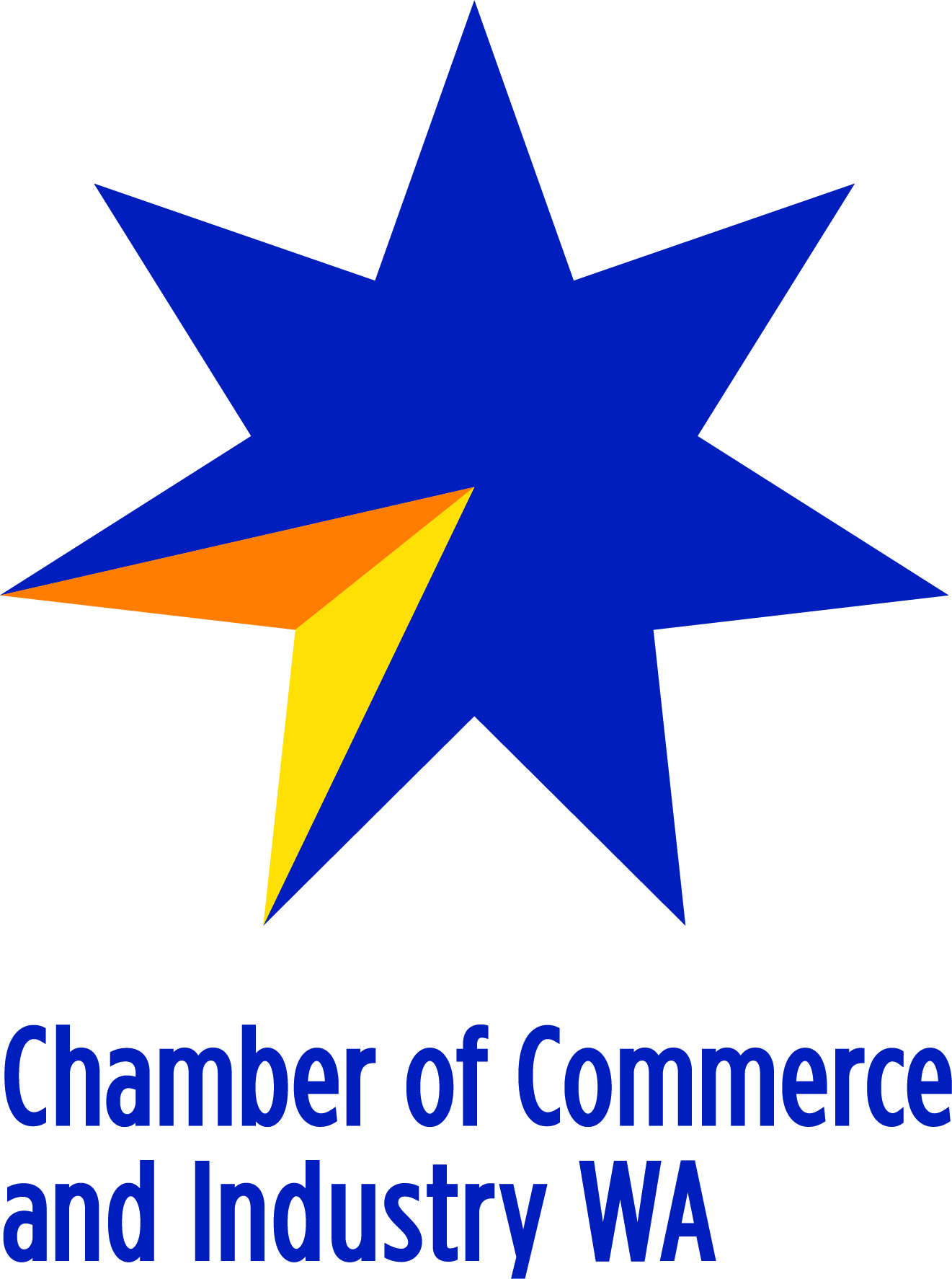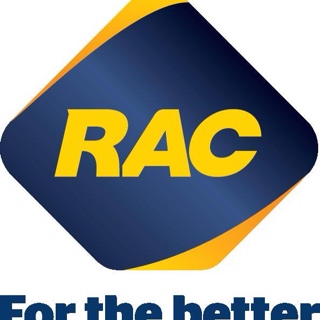Information
-
Site conducted
-
Company
-
Document No.
-
Audit Title
-
Client / Site
-
Conducted on
-
Prepared by
-
Location
-
Personnel
Health and Safety Management System Audit
-
The purpose of this Audit is to review each part of the Health and Safety Management System within Wilson Washroom Services Ltd in order to determine whether it works effectively or needs improvement.
Objective of the Audit
-
The objective of this Audit is to confirm that the existing management system is effective in ensuring that the company is complying with all relevant health and safety laws and regulations, including the Health and Safety at Work Act 1974 and the Management of Health and Safety at Work Regulations 1999 as well as others.
Scope of the Audit
-
The scope of the audit will include identifying control activities which support the key requirements of these laws and regulations, including:
*Accident and Incident Reporting and Procedures
*Training and Awareness *Risk Assessments and Control Measures *Activity and Equipment monitoring
1. Pre audit checks
-
When was the last audit completed for the site and are all actions identified completed?
-
Were OH&S actions are identified, are root causes identified and corrective action taken?
-
Are site objectives and targets set and are they on the site action plan?
2. Implementation and operation of management systems
-
Who is responsible for Health and Safety on site?
-
Is there a site organisational chart for H&S?
-
How is H&S information communicated to staff
-
Are staff aware of their individual responsibilities to themselves and others?
-
Is there a training matrix and is it up to date with new starters/ refreshers etc?
3. Health and safety Information for staff
-
Does the site have a Health and Safety board and is all information correct and current?
-
Accident information, is there an Accident Policy, Accident book and records of all accidents/incidents/investigations held on file?
-
Is there a signed QHSE policy?
-
Does the company have current and appropriate liability insurance?
-
Is there appropriate fire and first aiders policies and risk assessments in place? (Fire safety information displayed/equipment/signage/logs)
-
Is there a staff forum/ communications group and are minutes available? (How ofter/ staff involved)
4. Regulatory Compliance Review
-
Register available on site of applicable Acts, regulations, permit, license, code of practise etc.. A register maintained under document control?
5. Housekeeping
-
Housekeeping standard clearly set, inspected and enforced
-
General cleanliness of all areas
-
Emergency equipment and exits signage are free of obstruction
-
Compressed air not used for any cleaning
-
Unobstructed routes and width adequate for needs
-
Storage facilities neat, tidy, signed and accessible
-
Environmental hazards properly controlled
-
Spill kits available and fit for purpose? Who inspects and are records available? (Staff trained in use)
-
Safety equipment well maintained and in use?
-
Welfare facilities suitable for the needs of the area
-
Lighting ventilation etc. satisfactory for the area and working correctly
-
Stairs are well lit and properly maintained
6. Warehousing/storage
-
Overloaded racking/poor stacking practices (Pyramid stacking)
-
Bulk stacks for stability (Overloaded pallets at height)
-
Aisles for accessibility (Blocked aisles/ fire escape routes)
-
Damaged racks/stacks/pallets etc (Are inspections completed and by who/ what training has been received)
-
Flammable/hazardous materials stored appropriately and locked away where neccesary
7. Hand/power tools ( including Dangerous Tools/ Knives)
-
Are hand tools/ equipment used (What type). Are they identified and registered.
-
Have effort have been made to identify safer alternative to the use of dangerous tools.
-
Are users of dangerous tools trained.
-
Use of unauthorised tools/ equipment
-
Use of dangerous tools risk assessment and controlled. (High pressure water, compressed air, grinding/ cutting wheels, explosives, power tools, cutting/welding, knives ...ect)
8. Electrical hazards
-
Training in electrical safety for staff (induction and refresher)
-
Authorised persons doing isolation and Qualified/ licensed electrician doing work.
-
Portable electrical equipment, cables, plugs, inspection program in place.
9. Fire/emergency evacuation
-
Does the site have an up to date Fire Risk Assessment? (Who completed/ when/ outstanding actions/ next review date)
-
Has all ignition/ fuel sources been identified and controlled? (Gas bottles/ fixed wiring/ gas heating)
-
Evacuation routes are free from obstructions (Monthly inspections completed/ by whom)
-
Emergency equipment e.g. Fire extinguishers (last service date/ Monthly inspections completed/ whom)
-
Emergency lighting (last service date/ Monthly inspections completed/ whom)
-
Provision is made for disabled and temporarily incapacitated persons where appropriate
-
Fire alarm tests and drills completed (service date/ weekly test, using various call points/ 6 monthly fire evacuation)
-
Staff have appropriate knowledge and training in fire procedures (Who has received training/ when)
-
Enough ventilation on chemical storage facility/ warehouse
-
Smoking controls in place with designated smoking area.
-
Control of vehicles -vehicles are not parked in approximately to a high risk area for a long period.
-
Preventive maintenance schedule and inspection for mobile equipments ( vans, cars ....etc)
-
Good housekeeping prevents building up of combustible, waste or chemicals spillage?
-
Pre-start inspections to be conducted for all equipment. (Cars, Ladders)
10. Ladders/ access equipment
-
Portable ladders registered and inspected.
-
Work at height risk assessment completed and in date (Who completed/ actions completed)
-
Access equipment in good condition (Ladders used correctly and stored correctly)
-
What process do you use to ensure that the use of ladders is managed?
11. Environmental/welfare Including Waste Management
-
Are there enough sanitation, washing facilities in place?
-
Are unused/ little used outlets flushed weekly (toilets/ outside taps/ showers)
-
Drinking water available
-
Waste segregated (chemical, contaminated packaging. Separate and labelling of waste types with MSDSs?
-
Waste disposal via accredited contractors with tracking?
12. First aid
-
Specific Procedure applicable to the site.
-
Has a first aid risk assessment been completed?
-
First aider list posted (How many first aiders/ training received/ refreshers due)
-
Accident book available (Where/ accident procedure known/ last RIDDOR accident/ investigations completed.
-
Near Miss/ Incidents reported (Procedure known/ last NM Reported/ Investigations completed)
-
First aid box checks (Who by/ how often/ documented)
-
Eye wash stations checked (Who by/ how often/ documented)
13. Other site Risk Assessments
-
Who is responsible for completing/ reviewing risk assessments on site?
-
What other site risk assessments are in place?
-
Are risk assessments easily accessible and shared with all employees?
14. Protective clothing, equipment
-
Suitability and fitting, comfort
-
Correct usage and storage, care and maintenance
-
Is PPE worn where required? How is this regulated?
15. Safety signs
-
In good condition
-
Visible
-
Correctly displayed where required
16. Manual handling
-
Appropriate trolleys and other aids provided and maintained.
-
Staff training and aware of safe handling methods
-
Suitable manual handling aids available and in use
-
Manual handling assessments (risk assessment manual in place and used?)
17. QHSE Training, supervision
-
Has the essential QHSE competences for key positions been identified and documented.
-
Is there an appropriate, timely induction training process for all employees?
-
Training recorded
-
Is there evidence of active comprehensive structured refresher training programs?
-
Is there training in the key QHSE aspects?
-
Evidence of induction or other suitable training
-
Familiar with Risk assessments/safe systems of work
-
Adequate supervision of vulnerable people e.g. Young persons
-
Observed to be working correctly.
18. Control of Sub Contractors / Appointed Service Providers
-
Procedure for management of sub contractors with selection based on competence checks.
-
Contractors required to produce insurance certificates / RAMS / Copies of Health and Safety policies.
19. Lone and Isolated Workers
-
At risk workers identified, risk assessments done and controls in place
-
Communication defined
-
Tastes that cannot be performed ( restrictions) documented?
20. Drugs and Alcohol
-
Staffs made aware of drugs and alcohol policy, training recorded?
21. Behavioral Safety Program
-
Is there a behavioral safety program in place, staff trained and participating?
22. Policies and Procedures.
-
QHSE Policies up to date and readily available?
-
QHSE procedures manual (or equivalent) exists and is readily available?
-
Have the procedures being identified and audited?
-
Is there a training program for users and owners of the procedure?
-
Is there a systematic method of scheduling recurring QHSE activities?
23. QHSE Management Resources
-
Clear definition of business and site responsibilities?
-
Accountabilities for key QHSE and physical security functions and reporting clearly defined in position descriptions?
-
QHSE line and functional roles clearly differentiated?
24. Emergency Management.
-
Fire detection system installed (smoke, heat detectors)
-
Emergency plan prepared and current periodic updated?
-
Emergency exit marked and checked for appropriateness
-
Emergency drills done
-
Emergency assembly point defined, signed and appropriate.
-
Emergency plan defines actions for incident scenarios including fire.
-
Emergency training with external authorities
-
Emergency plan including command structure
-
System for head count during emergency?
-
System to ensure investigations are done, closed out rate measured, corrective action taken and effectives.
25. Working on Customer Sites
-
Vehicles equipped with first aid kit?
-
Traffic management plan to include safe access to main roadway/ crossing roadways.
-
Car, vehicle, equipment audit
-
Routine maintenance on vehicles
-
No alcohol or drug driving
-
Licensed drivers only
-
Customer standards known, understood and in place.
-
Appropriate vehicle for the load
-
JHA done for individual customer site activities and reviewed at each visit.
-
Customer site risks and controls known and understood by all staffs
26. Chemical Contacts
-
Work instructions documented
-
Hazardous substance identified
-
Appropriate PPE defined, available, worn and enforced.
-
Training in PPE, training in work instructions and chemical awareness.
-
Maintenance of equipment
-
Equipments fit for purpose
-
MSDS available and current
-
Spill kits and procedures known
-
First aid training including special training for treatments.
Other statutory requirements for site
-
Asbestos survey completed (Identified/ Risk assessed/ Inspections documented)
-
Does the site have shutter doors/ dock levellers? (last service date/ any history of damage)
Summary and Report
-
The findings of this audit will be set out in a report which will include a Summary of Findings, Audit Opinion and Recommendations and will be discussed at the Audit Findings Meeting between the Auditor and the Managing Directors. An action plan will be drawn to include non-conformance areas, observations and opportunity for improvements.
Signature
-
-
Select date
-
Site Manager/ Supervisor
-
QHSE Auditor












